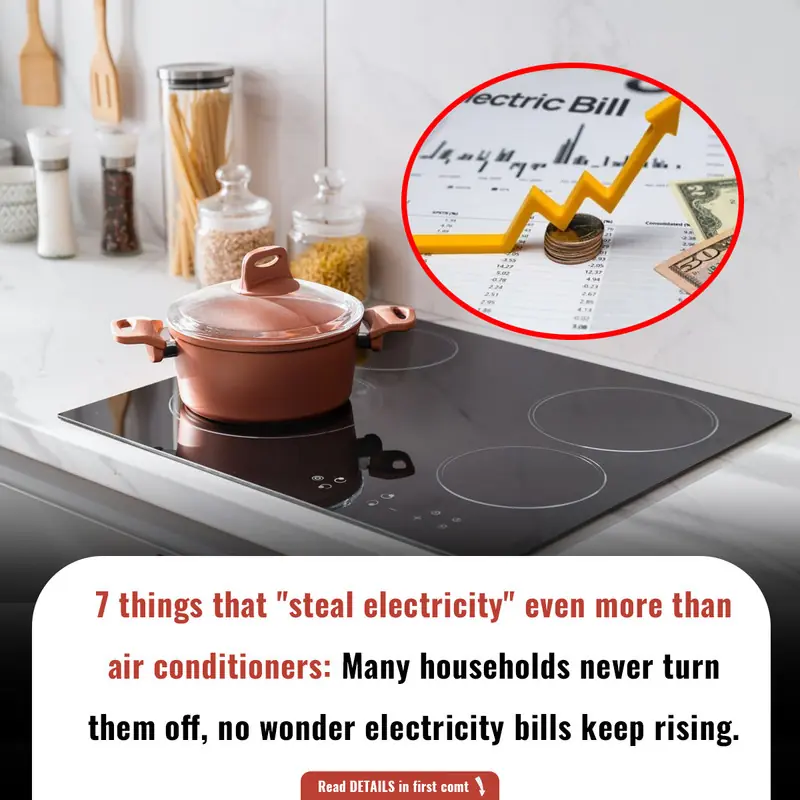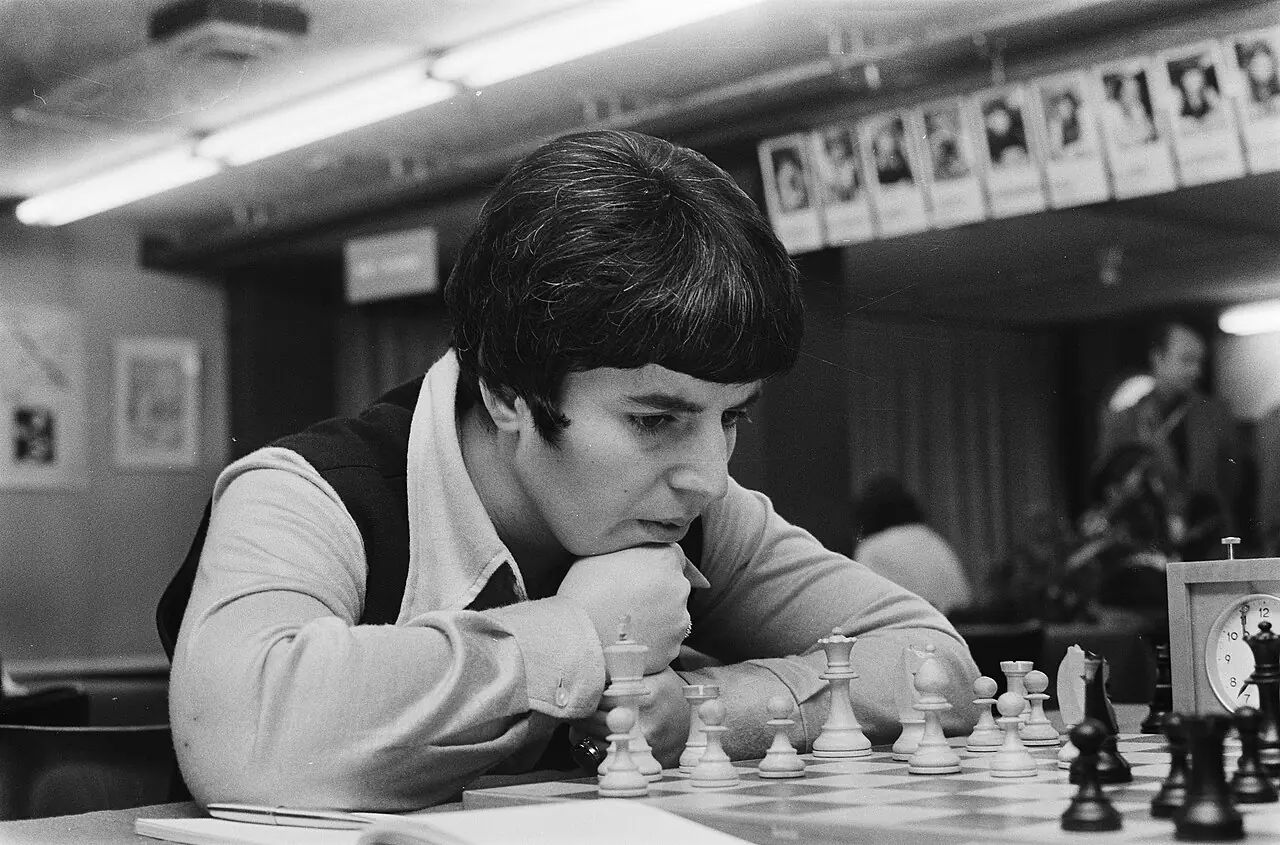Most people tend to blame the air conditioner as the main reason for skyrocketing electricity bills — but that’s not the whole story.
According to the Vietnam Electricity Group (EVN), several common household devices may be quietly consuming far more power than you realize, contributing significantly to your monthly energy costs.
1. Electric Stoves
Topping the list are electric stoves — particularly infrared and induction models. A single-burner unit used for around 3 hours per day can consume 85 to 95 kWh per month, while a dual-burner version might use up to 170 to 190 kWh monthly.
Many people cook daily without realizing that high wattage over long periods drastically increases electricity usage. Unlike air conditioners — which are used mostly during hot months — electric stoves are used all year long, making them one of the largest contributors to overall power consumption.
2. Water Heaters
A 20-liter water heater used wisely (for about 1 hour per day) typically uses 70 to 80 kWh/month. However, if left running continuously throughout the day, energy usage can spike to 320–340 kWh/month.
Many households keep water heaters on all day to ensure hot water availability, but this habit not only inflates the power bill but also reduces the appliance's lifespan.
3. Refrigerators
Although refrigerators run 24/7, their energy consumption is relatively steady. Mid-sized units typically use 30–45 kWh/month, large models consume 50–65 kWh/month, and mini-fridges draw just 10–15 kWh/month.
That said, older refrigerators or those lacking modern energy-efficient technology tend to use significantly more electricity than newer models certified for energy savings.
4. Desktop Computers
A desktop PC used for 12 hours daily can consume approximately 72–75 kWh/month. If the setup includes a separate monitor or high-end graphics card, power consumption may rise even more.
For remote workers, gamers, or video editors who rely heavily on desktop computers, energy usage can escalate without them even noticing.
5. Televisions
An average 150W LCD TV used for 5 hours per day consumes about 20–25 kWh per month. Larger models, especially OLED and QLED TVs, require more power. Additionally, many households leave TVs in standby mode rather than turning them off completely — a habit that wastes more electricity than most people realize.
6. Rice Cookers
Though simple in design, a 500W rice cooker used for around 2 hours daily can still burn through 20–25 kWh per month. Utilizing reheating or “keep warm” functions frequently can drive usage even higher.
7. Electric Irons
A typical iron with 1,100W capacity, used for 30 minutes daily, consumes 14–24 kWh/month. To save energy, it’s more efficient to iron clothes in batches instead of doing it piecemeal every day.
Other Power-Hungry Devices to Watch
-
Microwave Ovens: A standard 1,000W microwave used for 30 minutes a day can consume 10–20 kWh per month. Newer models often come with energy-saving features or automatic shut-off functions to help reduce usage.
-
Networking Equipment & Security Devices: While routers, modems, and security cameras don’t draw much power individually, their 24/7 operation adds up. Each device can use around 8–12 kWh/month, and the total increases if your home includes repeaters, Wi-Fi extenders, or multiple security cameras.
Smart Tips for Cutting Down Energy Usage at Home
-
Choose energy-efficient appliances: Look for products with high energy ratings (5-star) or the Energy Star certification.
-
Turn off unused electronics completely: Avoid leaving devices in standby mode.
-
Don’t run devices 24/7 unless necessary: Unplug or shut down when not in use.
-
Perform regular maintenance: Well-maintained appliances run more efficiently and consume less energy.
Being aware of how much electricity each device uses can help you manage your household consumption more effectively. Understanding your usage habits is a key step toward taking control of your monthly power bill — and saving money in the long run.





































